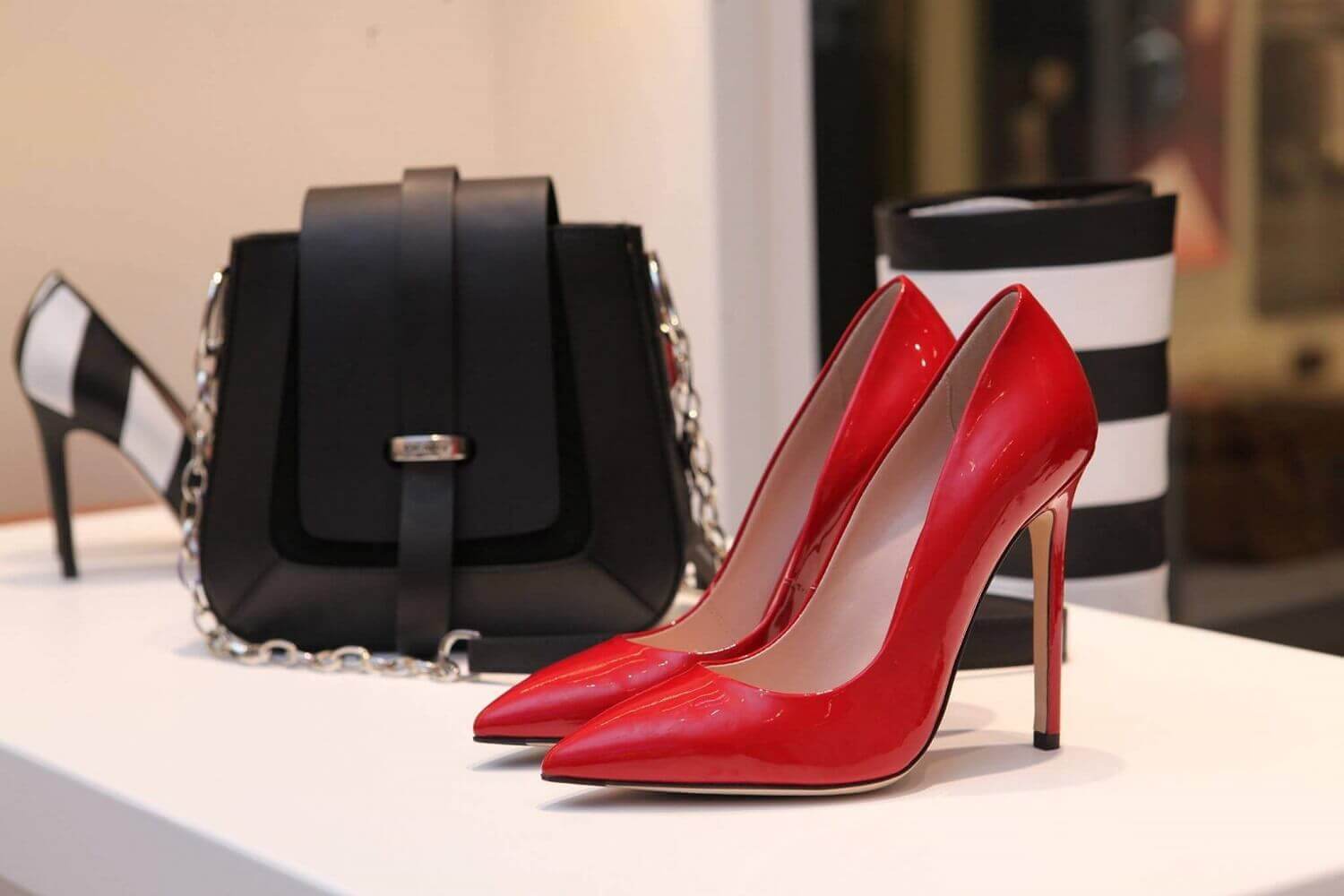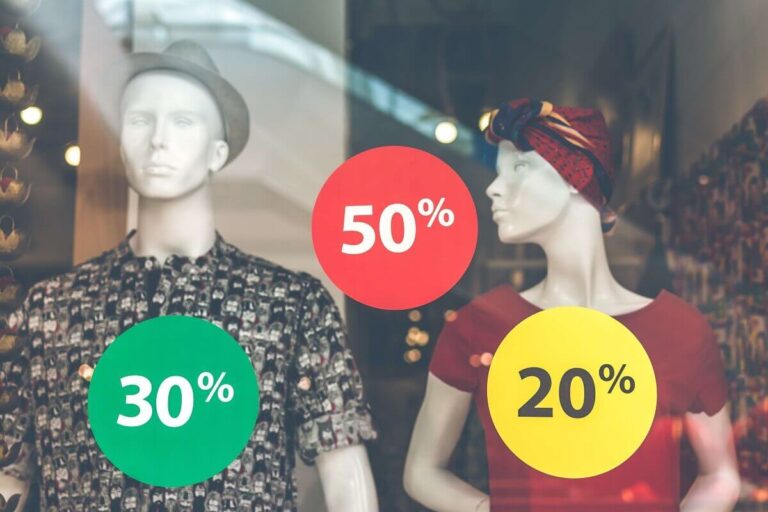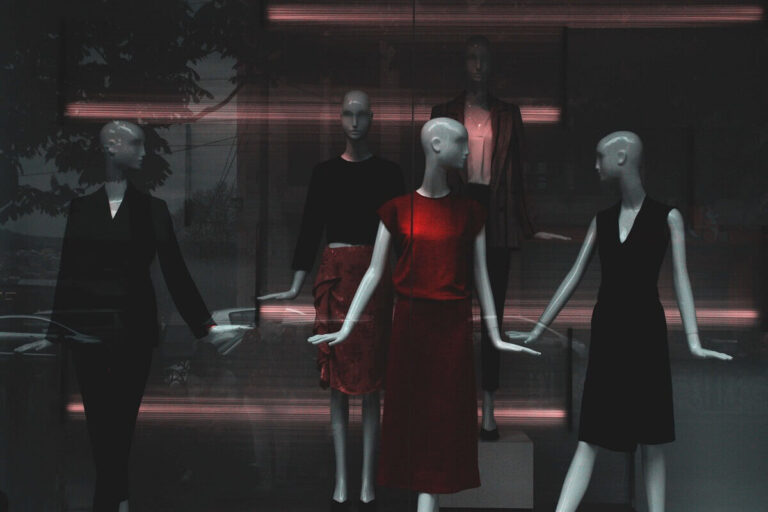can fast fashion be stopped?
what is fast fashion?
Fast fashion is the term used to describe clothing designs that move quickly from the catwalk to stores to take advantage of trends. The collections are often based on styles presented at Fashion Week runway shows or worn by celebrities. Innovations in supply chain management among retailers make fast fashion possible.
Fast fashion has an enormous environmental footprint for both its production and disposal. Clothing production requires a considerable amount of energy and resources, while it depends on toxic fabric dyes and other chemicals that contaminate freshwater. Fashion produces a tenth of the world’s carbon emissions.
United States’ laws do not regulate offshore outsourcing in any way, but this business practice is highly protected by the North American Free Trade Agreement and other international treaties. Fast fashion is not a sustainable practice for any country.
In addition to environmental issues, fast fashion garments spark a lot of ethical concerns. They are often made in sweatshops where workers are employed for long hours in unsafe conditions.
why is fast fashion so popular?
In the late 1990s and early 2000s, fast fashion became a booming industry in America with people enthusiastically partaking in consumerism. Fast fashion retailers such as Zara, H&M, Topshop, and Primark took over high street fashion.
Why can’t we stop buying fast fashion? Because fast fashion giants are often able to drive down the costs of their goods through the use of low–quality materials and cheap labor, many consumers have come to associate low–cost clothing with fast fashion—and high–priced goods with sustainability.
Some argue that consumers should be blamed for purchasing fast fashion, while others argue that the blame should be placed on the companies and their practices. The thing is, we can’t really blame any of them, but the complete lack of information about this subject in our world, most people don’t even know that fast fashion is one of the most polluting industries in the whole world.

can fast fashion be stopped?
The short answer is YES, not only fast fashion can be stopped, but will be stopped in the future, as more people become aware that we only have one planet and fast fashion is destroying at an F1 race speed.
what is slow fashion?
Slow Fashion is a growing movement that is getting more and more traction, with more people concerned about their carbon footprint and aware of how the clothes they wear are actually destroying our planet.

summary
We already know how bad some business practices are, the next thing is to take action. We congratulate you for being interested in this topic, as this is the first and most important step in order to achieve sustainability in the fashion industry.
Some people don’t even know about all this, that is why we are in this situation right now. That’s why we should all do our duty as members of society, What’s that you may ask? Spreading the word, letting other people know about this great problem that we should all work together in because if there’s something as bad as creating a problem that will destroy the lives of millions of people, is knowing how to solve it and not doing anything about it.
Spread the message:
- Click to share on Pinterest (Opens in new window)
- Click to share on Twitter (Opens in new window)
- Click to share on Facebook (Opens in new window)
- Click to share on WhatsApp (Opens in new window)
- Click to share on Reddit (Opens in new window)
- Click to share on Telegram (Opens in new window)
- Click to share on LinkedIn (Opens in new window)
- More















